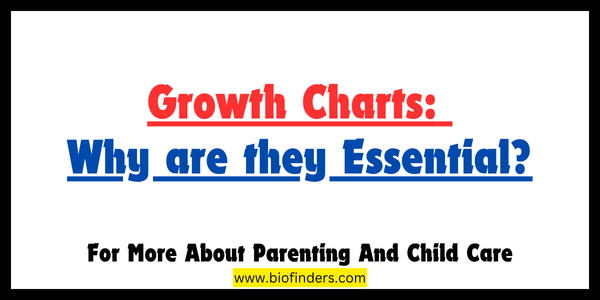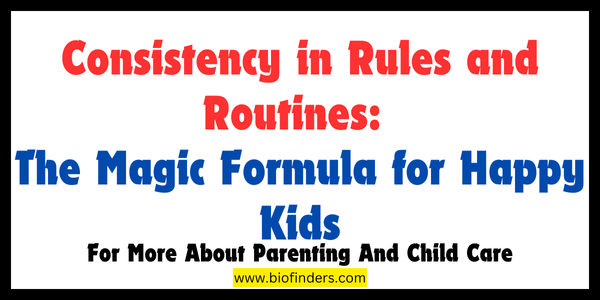Growth charts are a tool that helps answer the question about your baby’s well-being. New-born babies are a whirlwind of emotions and endless questions. From feeding schedules to sleep patterns, every little detail can feel overwhelming for new parents. One of the most common concerns revolves around a baby’s growth and development: “Is my baby growing properly?” that can be resolved by these charts.
What are Growth Charts and How Do They Work?
Growth charts, also known as growth curves or centile charts, are essentially roadmaps for healthy child development. These charts depict the typical growth patterns of weight, height, and head circumference for babies and children of different ages and genders.
Here’s a breakdown of how growth charts work:
- Data-driven: Growth charts are created using data collected from numerous healthy children. This data represents the expected range of growth for a specific age and gender.
- Centile Lines: The charts typically display several lines, each representing a percentile. Percentiles indicate the percentage of children who fall within a particular growth range. For example, the 50th percentile (also known as the median) represents the average weight or height for a certain age group.
- Plotting Your Baby’s Growth: During well-child visits, pediatricians will measure your baby’s weight, height, and head circumference. These measurements are then plotted on the corresponding growth chart. The position of the plotted points helps assess your baby’s growth trajectory.
Why are Growth Charts Important?
Growth charts offer a wealth of information, making them a crucial tool for tracking your baby’s development. Here are some key reasons why growth charts are important:
- Monitor Growth Patterns: Growth charts allow you and your pediatrician to visualize your baby’s growth over time. This helps identify consistent growth patterns and potential deviations from the expected range.
- Identify Potential Issues: Significant deviations from the expected growth percentiles, particularly if accompanied by other symptoms, may indicate underlying health concerns. Early detection of these issues is crucial for prompt intervention and improved outcomes.
- Assess Nutritional Adequacy: Growth can be a good indicator of your baby’s nutritional intake. Consistent weight gain within expected ranges suggests your baby is receiving sufficient nutrients for healthy development.
- Provide Reassurance: Seeing your baby’s growth track consistently within healthy percentiles can offer reassurance and peace of mind for new parents.
- Personalized Approach: Growth charts are not rigid benchmarks. They account for natural variations in growth rates and genetic factors, allowing for a personalized assessment of your baby’s development.
Understanding Growth Chart Interpretations
While growth charts offer valuable insights, interpreting them accurately is essential. Here are some key points to remember:
- Not a One-Size-Fits-All Approach: Every baby grows at their own pace. Genetics, ethnicity, and feeding practices (breastfeeding vs. formula) can influence growth patterns.
- Focus on Trends: Don’t get overly concerned about single data points. It’s the overall trend and consistency of growth that matters most.
- Consult Your Pediatrician: Growth charts are a tool used in conjunction with a complete physical examination and your baby’s overall health picture. Your pediatrician can interpret the growth data and address any concerns you may have.
Common Questions About Growth Charts
Q: What if my baby’s weight falls below a certain percentile?
A: Don’t panic! There are many reasons why a baby’s weight might fall below a specific percentile. These could include genetic factors, feeding difficulties, or short growth spurts. Your pediatrician can help determine the cause and recommend appropriate measures.
Q: My baby is consistently above the 90th percentile. Should I be worried?
A: Again, consistent monitoring and discussion with your pediatrician are key. Rapid weight gain might suggest overfeeding or potential health issues.
Q: Are growth charts the only indicator of healthy development?
A: Growth charts are a valuable tool, but not the only indicator. Your pediatrician will also consider your baby’s overall health, activity level, and developmental milestones during well-child visits.
Additional Tips for Using Growth Charts
- Bring growth chart to well-child visits: This allows for easier tracking and discussion with your pediatrician.
- Ask questions: Don’t hesitate to ask your pediatrician about anything you don’t understand regarding growth charts or your baby’s development.
- Maintain a healthy lifestyle: Ensure your baby receives proper nutrition, adequate sleep, and regular physical activity to support healthy growth.
Conclusion
Growth charts are a powerful tool for monitoring your baby’s development and overall well-being. By understanding their purpose and limitations, you can use growth






Leave a Reply